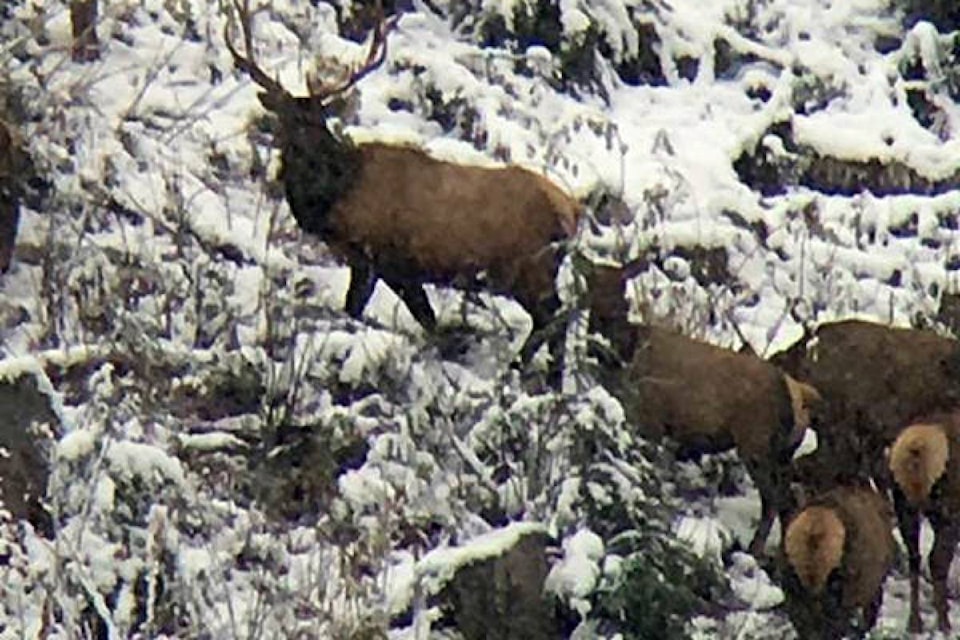Striking any animal in your vehicle while travelling at highway speeds can be frightening and dangerous.
But hitting an elk, which can weight more than 300 kilograms, has the potential to be deadly.
The Citizen reported in the edition on Feb. 9 that 11 elk have been killed in collisions with vehicles on Highway 18 between Dec. 1 and the end of January.
Fortunately, while there may have been some injuries among the people in those vehicles as a result of the accidents, there were no reports of deaths.
Where I originally come from, it’s moose, which can weigh twice as much as an elk, that are causing havoc on the roads.
Unfortunately, the larger size of moose leads to numerous highway deaths each year as the largest members of the deer family make their way onto roads and highways to escape the deep snow and take advantage of the salt laid down on the roads to melt ice, which they tend to spend large amounts of time licking.
My colleague Sarah Simpson points out in her article that road crews in the Cowichan Valley have been attempting to deal with the elk collisions in a number of ways.
They include cutting back the alders growing alongside Highway 18 so the roadside elk can be seen easier, and setting up reflectors on poles on the side of the road that provide enough light from the headlights on passing vehicles to stop the elk in their tracks.
Any idea that can save human lives, as well as the elk, is worth investigating; but solutions that can be expensive must be fully vetted before committing taxpayers’ dollars to these strategies.
When I was a young reporter working in northern Newfoundland, which has a large population of moose, countless fatalities on the roads each year led to some rather unusual ideas for remedies.
Sensing an opportunity, representatives from a fledgling company from Toronto came to my office one day to talk about a successful strategy that was developed to keep moose off the roads in northern Canada.
The young and enthusiastic salesmen said their company places wolf urine every 50 feet or so along the side of the highway in areas where moose accidents are frequent.
They said that moose making their way to the road would smell the wolf urine and then head in another direction to avoid the predators, and they planned the same strategy for the local area.
I told them that I thought it was a swell idea, but I wondered about the fact that Newfoundland had not seen a wolf for more than 100 years after they were wiped out by newly arriving settlers.
I said I couldn’t see how moose are supposed to recognize and be afraid of the scent of a predator that its species had not seen for generations on the island.
I could tell by the sudden silence in our conversation that nobody had told them that there were no wolves in Newfoundland, but the two salesmen quickly recovered and said the fear of wolves would be instinctive for moose, even if they weren’t familiar with them, and the local moose would react the same way as they did in northern Canada.
They went ahead with their experiment, which ended in failure as the moose just ignored the smell of the wolf urine and made their way onto the roads anyway.
I never saw those guys again.
Maybe they should have stuck with reflectors on poles.
robert.barron@cowichanvalleycitizen.com
Like us on Facebook and follow us on Twitter
